October 16, 2024
BANGKOK – The philosophy was introduced on December 4, 1997 as a guideline to deal with the Asian financial crisis triggered by the collapse of the baht after the Thai government was forced to float the currency against the US dollar.
According to the Chaipattana Foundation, the essence of the philosophy is to use knowledge and discretion to cope with globalisation both internally and externally. Meanwhile, people in the country should be able to overcome rapid changes in social, environment and culture.
The foundation, which was established by King Bhumibol Adulyadej the Great in 1988 and chaired by Her Royal Highness Princess Maha Chakri Sirindhorn, has further developed the philosophy into various royal projects.
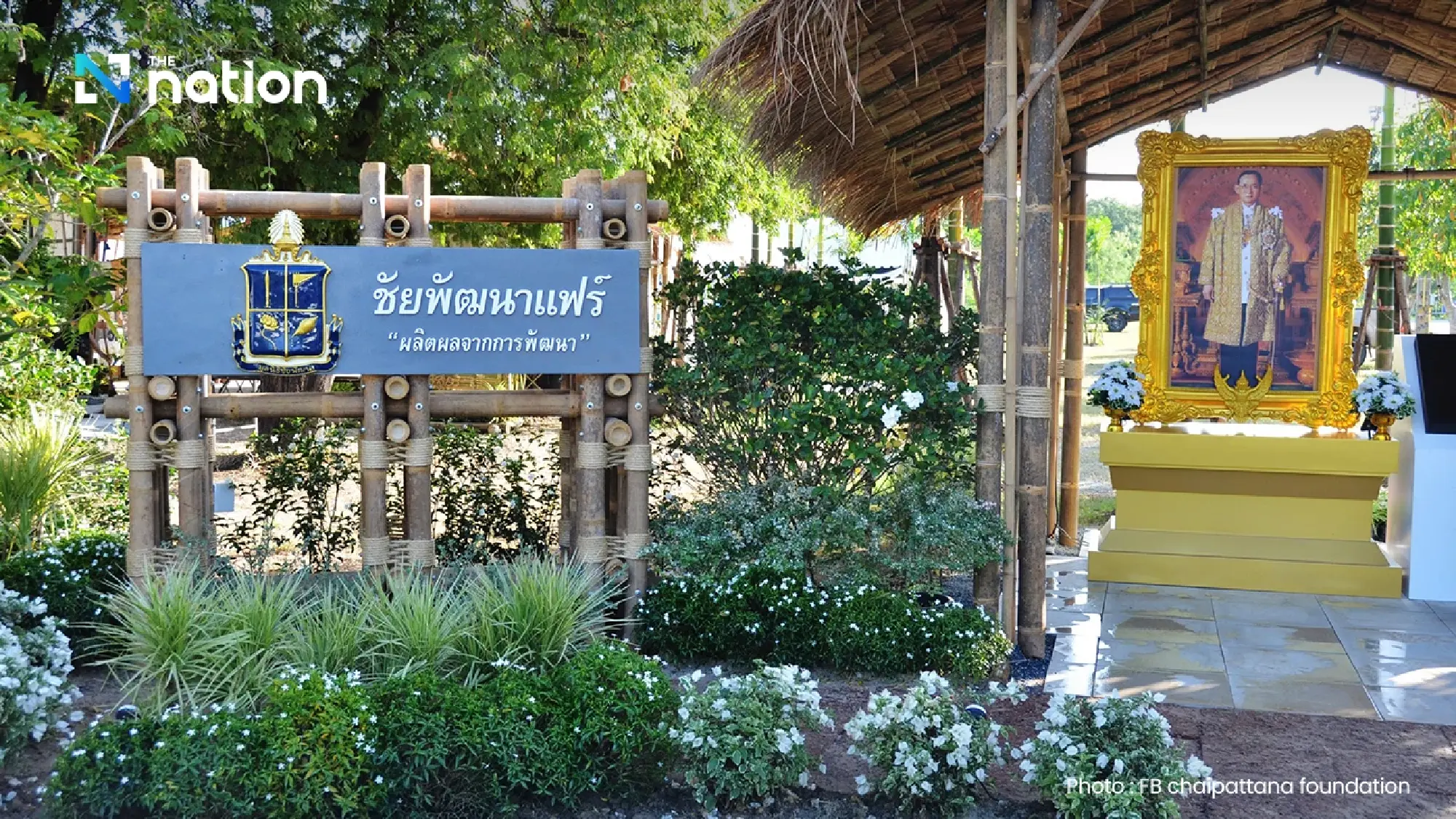
Pictures with story. PHOTO: THE NATION
Here are some of the royal projects:
Chakrapan Pensiri Plant Development Centres: Centres in Mae Sai district of Chiang Rai province, Chaloem Phra Kiat district of Saraburi province, and Samrong Thap district of Surin province focus on producing and developing crop species for supporting people in coping with disasters.
Royal Livestock Development Centres: Centres in Dan Sai district of Loei province and Ban Nong Chalap community in Tak province focus on offering eeg-layered chicken and ducks to ensure that people can access a protein source.
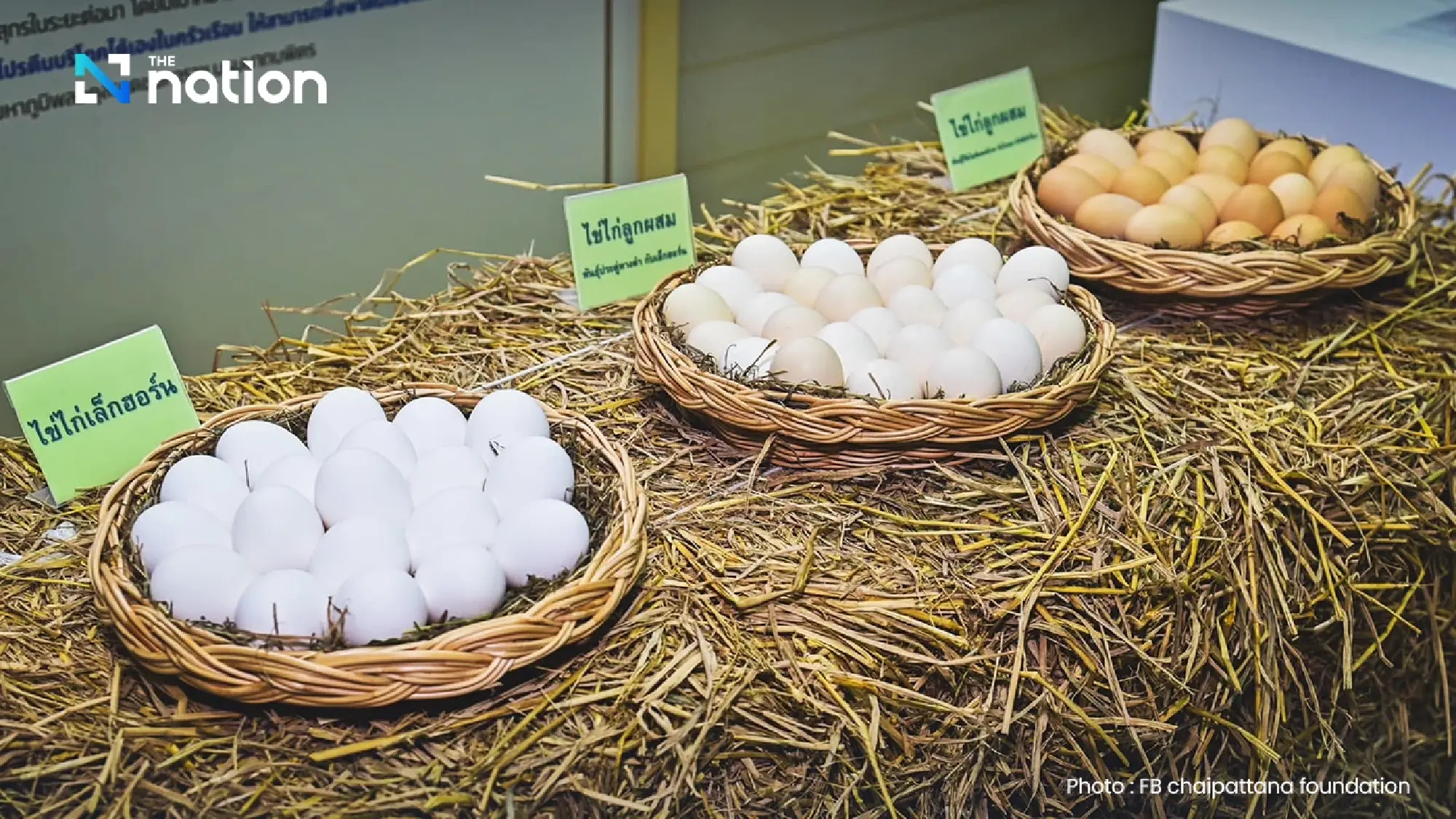
Pictures with story. PHOTO: THE NATION
Sericulture Centre: The centre in Ban Khwao district of Chaiyaphum province aims to preserve sericulture for producing clothes. The centre also promotes using natural materials for dyeing, such as camellia oleifera seed and vetiver grass.
Chaipattana Vocational Park: The park in Mueang district of Nakhon Pathom province offers vocational courses to create jobs and educational opportunities among people.
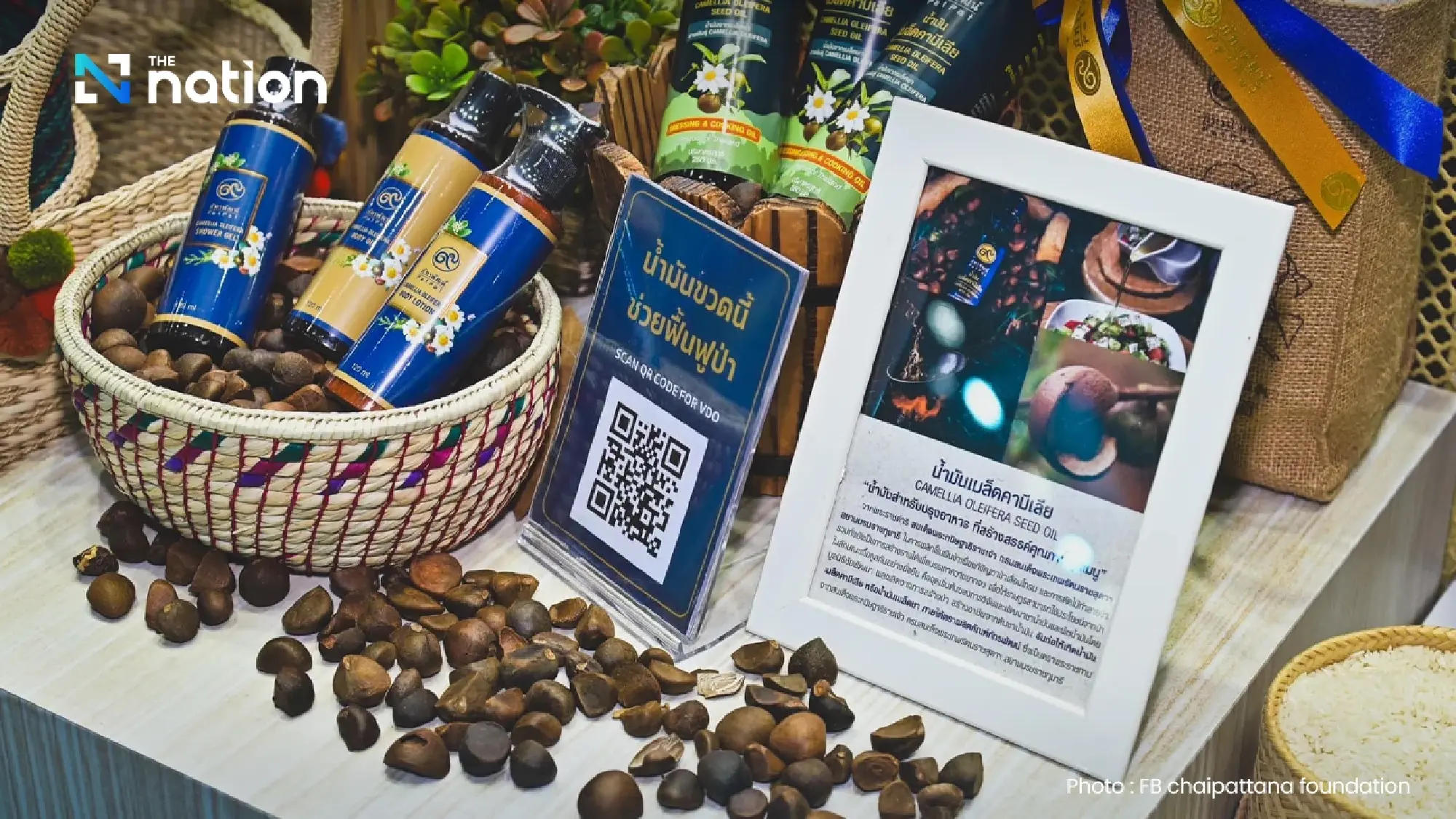
Pictures with story. PHOTO: THE NATION
Ban Thung Rak project in Phang Nga: The collaboration project between Chaipattana Foundation and Thai Red Cross Society aims to relieve suffering among victims of the 2004 tsunami. The project covered building a new community to improve the quality of life and promoted locals to launch products, such as banana chips, pickled bamboo shoots, cashew nuts and shrimp paste
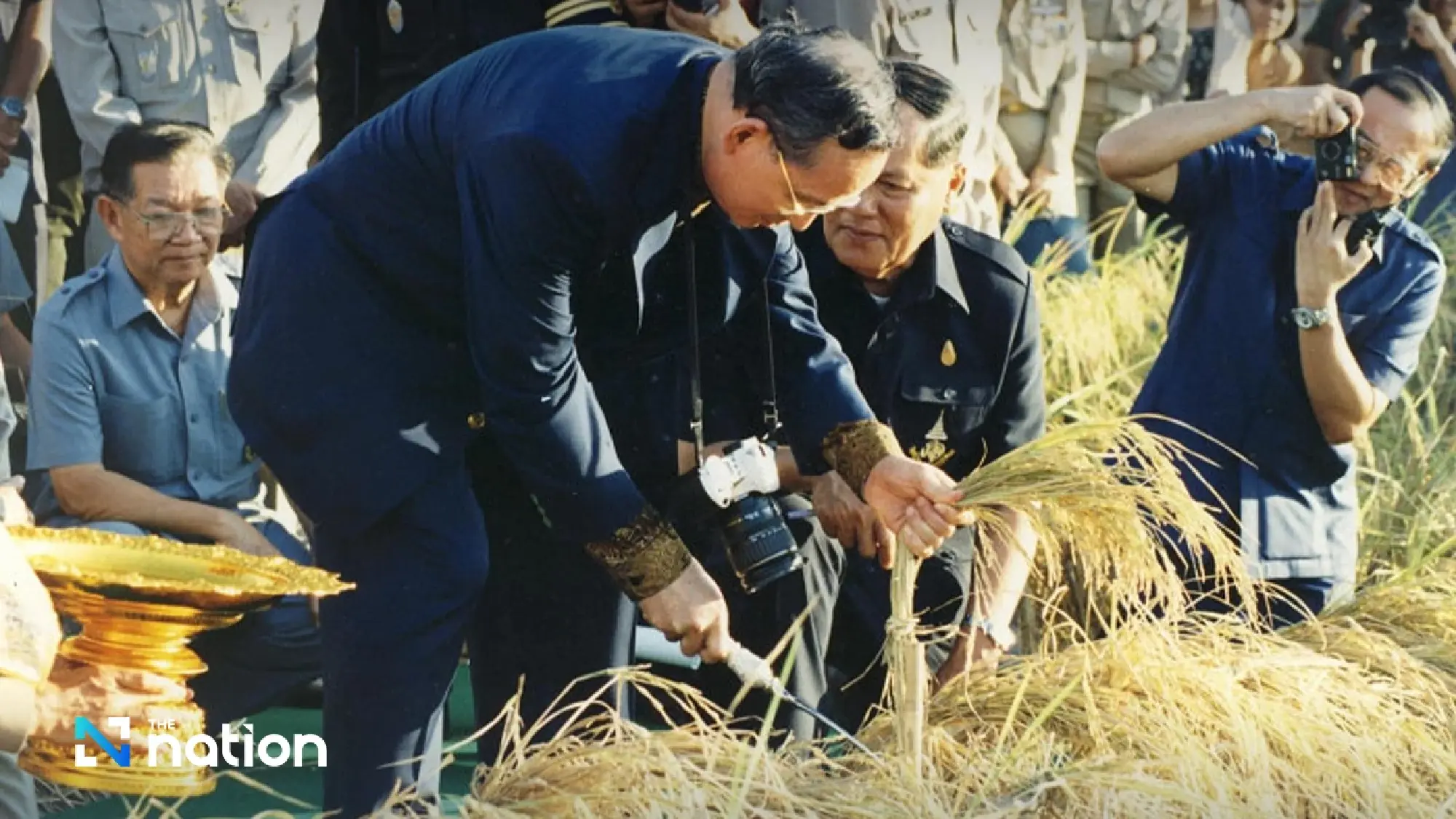
Pictures with story. PHOTO: THE NATION
King Bhumibol the Great Adulyadej passed away on October 13, 2016, at age 88. His reign, lasting 70 years and 126 days, was the longest in the history of Thailand.
The day of his passing, October 13, has been enshrined as a national holiday “King Rama IX Memorial Day” to commemorate his benevolence and royal initiatives.
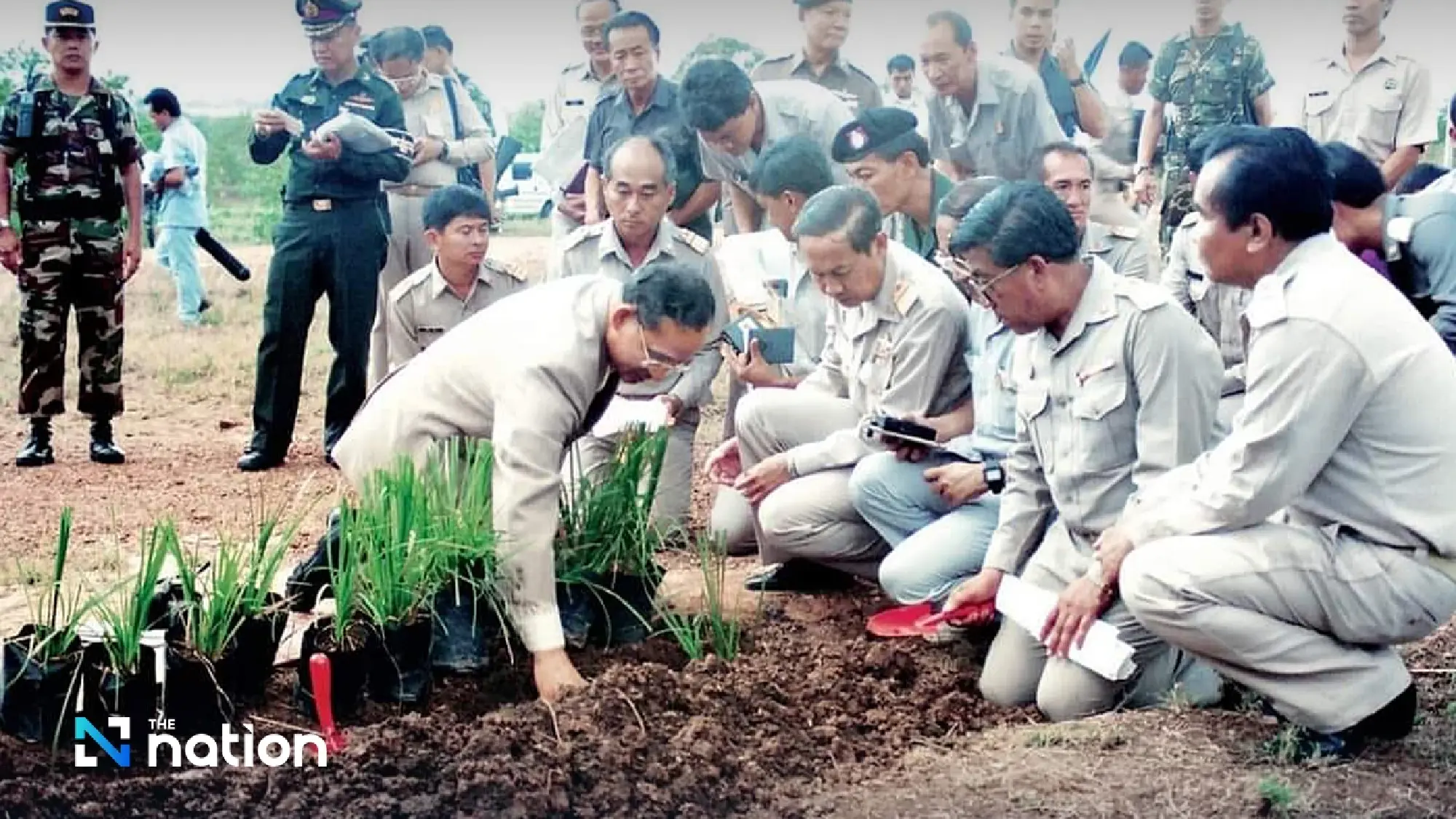
Pictures with story. PHOTO: THE NATION
The Cabinet on September 26 resolved to rename this day as “Nawamindra Maharaj Day”. The name was bestowed by King Bhumibol Adulyadej the Great’s only son, His Majesty King Maha Vajiralongkorn.
The word Nawamin means the “ninth great person” and Maharaj means “great king” – an apt reference to King Bhumibol Adulyadej the Great, who was the ninth king of the Chakri dynasty.


